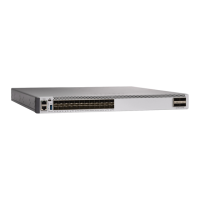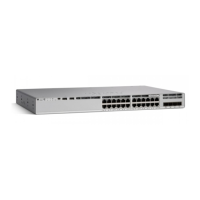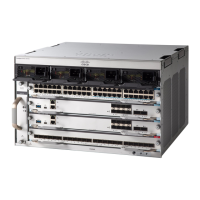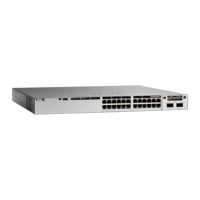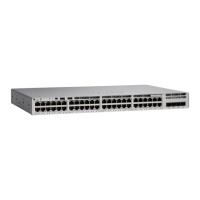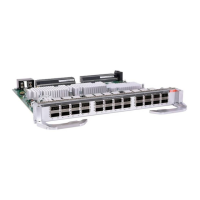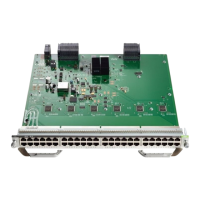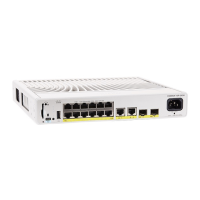PurposeCommand or Action
(Optional) Filters BGP routing updates to or
from neighbors as specified in an access list.
neighbor {ip-address | peer-group name}
distribute-list {access-list-number | name} {in
| out}
Step 3
You can also use the neighbor
prefix-list router configuration
command to filter updates, but you
cannot use both commands to
configure the same BGP peer.
Note
Example:
Device(config-router)# neighbor
172.16.4.1 distribute-list 39 in
(Optional) Applies a route map to filter an
incoming or outgoing route.
neighbor {ip-address | peer-group name}
route-map map-tag {in | out}
Example:
Device(config-router)# neighbor
172.16.70.24 route-map internal-map in
Step 4
Returns to privileged EXEC mode.end
Example:
Device(config)# end
Step 5
Verifies the configuration.show ip bgp neighbors
Example:
Device# show ip bgp neighbors
Step 6
(Optional) Saves your entries in the
configuration file.
copy running-config startup-config
Example:
Device# copy running-config
Step 7
startup-config
Configuring BGP Filtering by Access Lists and Neighbors
Another method of filtering is to specify an access list filter on both incoming and outbound updates, based
on the BGP autonomous system paths. Each filter is an access list based on regular expressions. (See the
“Regular Expressions” appendix in the Cisco IOS Dial Technologies Command Reference, Release 12.4 for
more information on forming regular expressions.) To use this method, define an autonomous system path
access list, and apply it to updates to and from particular neighbors.
Routing Configuration Guide, Cisco IOS XE Everest 16.6.x (Catalyst 9500 Switches)
133
Configuring IP Unicast Routing
Configuring BGP Filtering by Access Lists and Neighbors
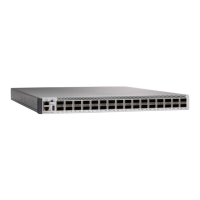
